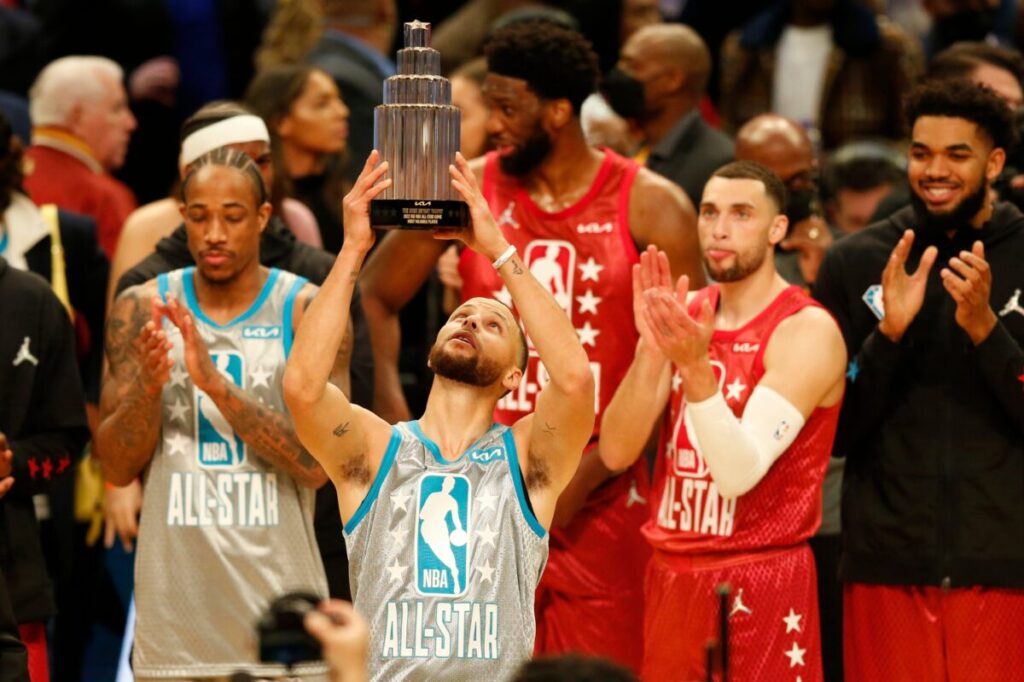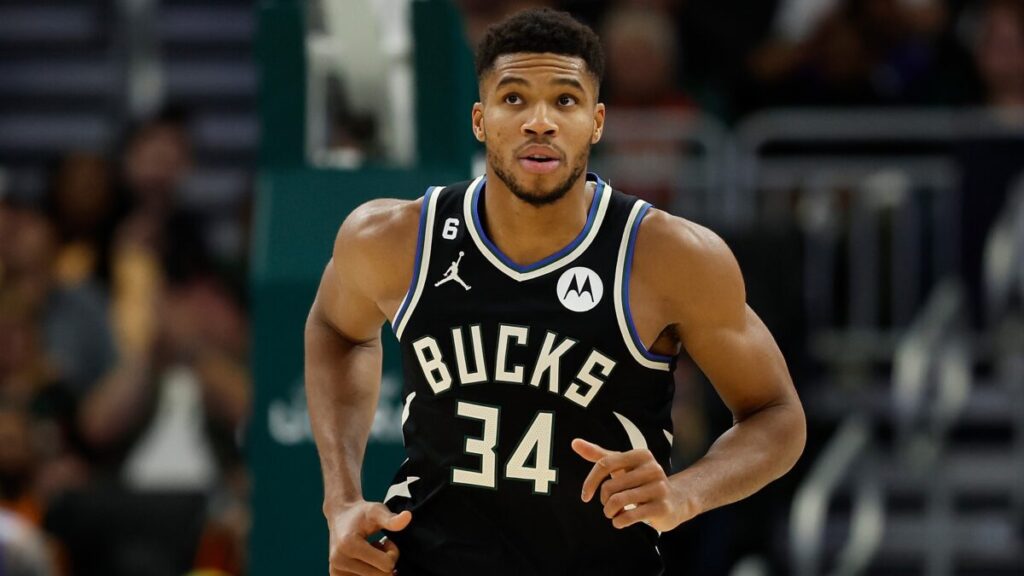
From its humble beginnings with newspapers and radio broadcasts, the National Basketball Association (NBA) has come a long way in terms of media coverage. The evolution of NBA media coverage has been nothing short of extraordinary, with new technologies and platforms continuously shaping the way fans consume basketball content. In this blog post, we’ll take you on a journey through the fascinating history and growth of NBA media coverage over the last decade.
The Early Days of NBA Media Coverage
The National Basketball Association (NBA) started with media coverage primarily through newspapers and radio broadcasts, akin to Major League Baseball. As the years went by, televised NBA games entered the picture, bringing NBA games right into the living rooms of fans across the nation.
During the late seventies, the press corps played a significant role in shaping public opinion on player contracts, negotiations, and player salaries. For instance, when Spencer Haywood, a talented basketball player, signed with the Denver Rockets of the American Basketball Association (A.B.A.), he faced backlash from the predominantly white press corps for leaving college early. Similarly, when Oscar Robertson, another talented player, threatened not to play until he received a raise in his contract, the press labeled him and other players as entitled and greedy.
“When I came into the league in the ’90s, there was a lot more local broadcast exposure, and now what we’re seeing is a lot of those broadcast stations in our teams’ local markets are coming back to the table and expressing interest in once again broadcasting our games. That’s terrific news because obviously (we have) broad reach in those markets too if you’re on over-the-air television.”
– Adam Silver, NBA Commissioner
With the growth of televised games and the advent of cable TV, sports talk shows like Skip and Shannon: Undisputed, First Take, and The Jump emerged, discussing NBA games and providing in-depth analysis on teams and players. The media landscape continued to evolve, with networks like Fox Sports dedicating more airtime to NBA coverage, fueling fans’ interest in the league.
The Rise of NBA Popularity
The NBA’s popularity skyrocketed over the years, thanks to several factors such as star players, exciting gameplay, and increased media exposure. Star players like Allen Iverson captured the attention of fans worldwide, boosting viewership and expanding the fan base.
As the NBA invested heavily in its public image, it became a popular league, attracting more supporters, especially in major cities like New York and for teams like the Los Angeles Lakers.
National Football League vs. National Basketball Association
The media coverage of the NFL and NBA, the two leagues that have skyrocketed in the last decade, with the NFL experiencing a particularly significant jump. The rise of streaming services, the growth of social media, and the international expansion of the leagues have all contributed to the increased media coverage of these two popular leagues.
Both the NFL and NBA have had a positive impact on each other, benefiting from each other’s rising popularity and media attention. They have even adopted each other’s marketing tactics and rules, creating a mutually beneficial relationship.
The Impact of NBA Rights and TV Deals
The NBA’s lucrative media deals, specifically the TV deals, have played a crucial role in shaping its media landscape and financial growth. The current NBA rights deal, worth $2.6 billion a year, is set to expire in 2024-25. The league is aiming for a staggering $75 billion rights package for its next deal, which would significantly surpass the current $24 billion agreement.

The NBA has a strong global presence. It recently inked a streaming deal worth $1.5 billion with Chinese-based company Tencent Holdings. These deals have not only increased the NBA’s global presence, but also generated substantial revenue for the league, enabling further investment in talent development and media coverage.
Players Association and Salary Cap Negotiations
The NBA Players Association has played an influential role in media coverage and player contracts. Advocating for player rights, the Players Association has provided players with a platform to express their views and opinions, giving them a voice in the media.
They have also worked with media organizations to tackle online abuse of professional athletes and teamed up with advertising agencies to create content and events that help highlight NBA players.
Streaming Services and the NBA
Streaming services have revolutionized NBA media coverage by providing fans with unprecedented access to content and the flexibility to watch games whenever and wherever they want. These digital platforms offer:
- Live games
- Highlights
- Interviews
- Analysis
While there are some drawbacks like streaming quality issues, costs, and potential delays, the future of streaming services and NBA media coverage looks promising as they continue to innovate and offer fans more content.
Social Media and the NBA
Social media platforms have had a transformative impact on the NBA’s media coverage. They have changed the way fans, press, athletes, and coaches view basketball, allowing for more direct interaction and engagement. Social media platforms like Twitter and Instagram have given fans access to behind-the-scenes content, player interactions, and real-time updates on games and news.
However, social media has also led to the “instagramification” of basketball, where content is heavily edited to showcase flashy plays and impressive stats, sometimes inaccurately. This phenomenon can lead to a skewed perception of the game, with fans only seeing the most eye-catching moments and possibly missing out on the nuances of basketball.
International Expansion of NBA Coverage
The NBA has made significant strides in expanding its media coverage globally. Some of the key initiatives include:
- Increasing its International Team Marketing Plan
- Investing in scouting and talent development worldwide
- Broadening local-language media rights in Asia
- Partnering with international media outlets like Sport TV in Europe to broadcast NBA games

These efforts have helped the NBA solidify its global presence, especially during the nba finals, and reach a wider audience. This international expansion has allowed the NBA to reach new audiences and establish itself as a truly global sports league.
The Future of NBA Media Coverage
As technology continues to advance and fan preferences evolve, the future of NBA media coverage remains full of exciting possibilities. Some potential developments include:
- Streaming services and social media platforms playing an even more significant role in shaping the league’s media landscape
- Offering fans more access to content and control over when and where they watch games
- Innovations in these platforms providing fans with additional content like highlights, interviews, and analysis
These advancements will enhance the overall fan experience and provide more opportunities for engagement with NBA media.
Moreover, the NBA’s international expansion efforts are expected to continue, as the league seeks to further establish its global presence and tap into new markets. This growth will undoubtedly create new opportunities for media coverage, partnerships, and fan engagement, keeping the NBA at the forefront of the sports world.
Final Words
In conclusion, the evolution of NBA media coverage over the last decade has been nothing short of remarkable. From its early days with newspapers and radio broadcasts to the advent of televised games, streaming services, and social media platforms, the NBA’s media landscape has continuously changed to keep pace with technology and fan preferences. As the league continues to expand globally and embrace new platforms, the future of NBA media coverage promises to be as exciting and dynamic as the sport itself.
Frequently Asked Questions
When did NBC lose the rights to the NBA?
In 2002, NBC lost the rights to the NBA after broadcasting its last game. This ended a long-term television rights deal, as streaming was just beginning to come into vogue.
At the time, streaming was still in its infancy, and the NBA was one of the first major sports leagues to embrace the technology. This allowed the league to reach its goal.
When did NBA start broadcasting on TV?
The NBA had its first television appearance during the 1953-54 season on DuMont, making it the first year the league was nationally broadcast on TV.
How has the NBA changed over the years?
The NBA has seen many changes since it’s inception, including modifications to existing rules and an overall shift away from a more traditional physical style of play. Rule changes like the elimination of the center jump after made baskets, as well as the rise of fast-paced teams, have helped to create a modern game that is faster and more open than before.
The game has become more focused on shooting and ball movement, with teams relying on three-point shooting and quick passing to create open shots. This has led to an exciting and unpredictable style of play, with teams able to score in the game.
When did NBA switch to HD?
NBA TV launched on Nov. 2, 1999 and transmitted its first HD telecast in January 2003. Making the switch to HD by April 1, 2004.
How did NBA media coverage begin?
NBA media coverage began with newspapers and radio broadcasts, laying the groundwork for televised games.
Televised games allowed for a much wider audience to follow the NBA, and the league has since become one of the most popular sports leagues in the world.
Sources
1. wikipedia.org – National Basketball Association on television
2. bleacherreport.com – NBA Announces New Media Deals with Turner, ESPN Through 2024
3. bartleby.com – History Of Television And The Nba – 972 Words
4. medium.com – The Social Media Evolution of Basketball | by Patrick Foster
5. fhsphoenix.org – The problems with NBA media today – The Phoenix





